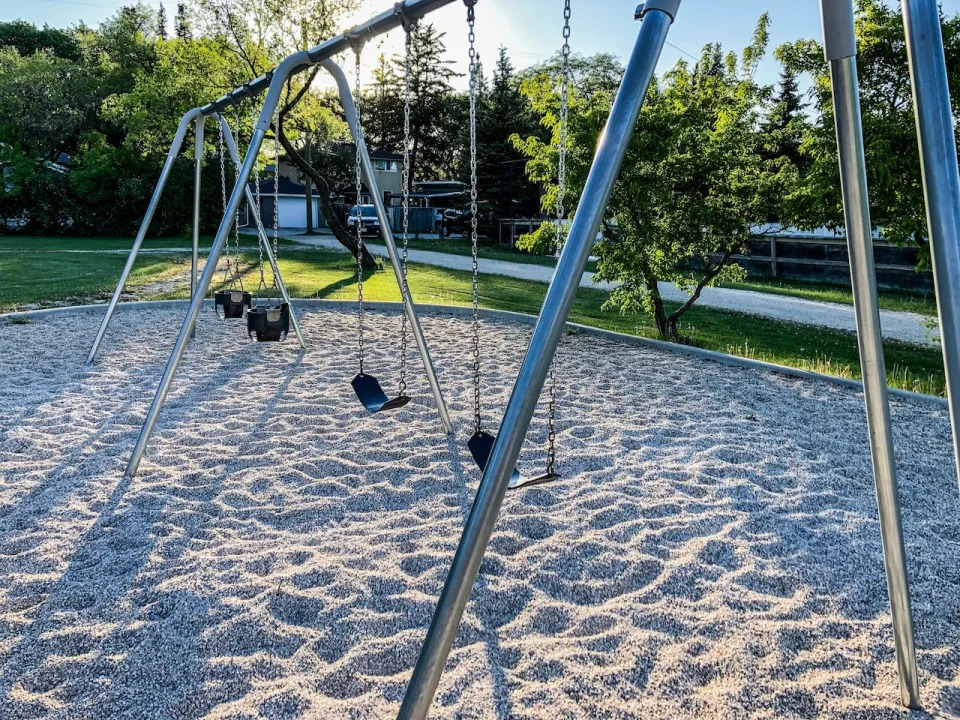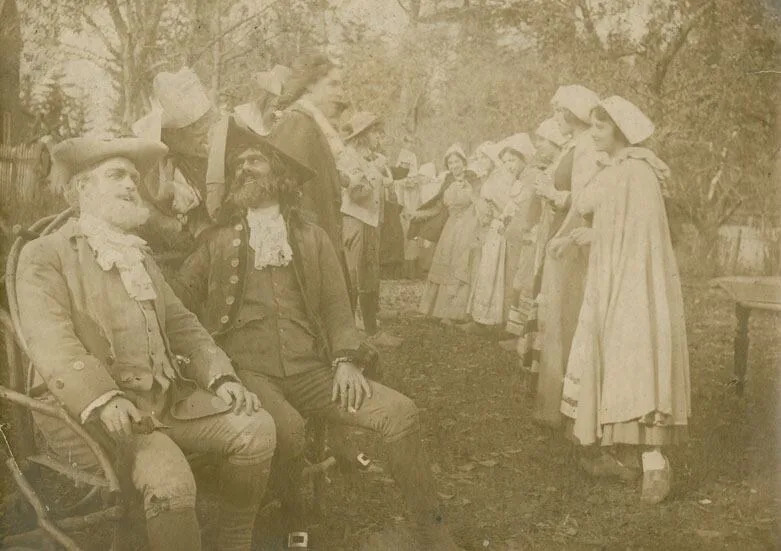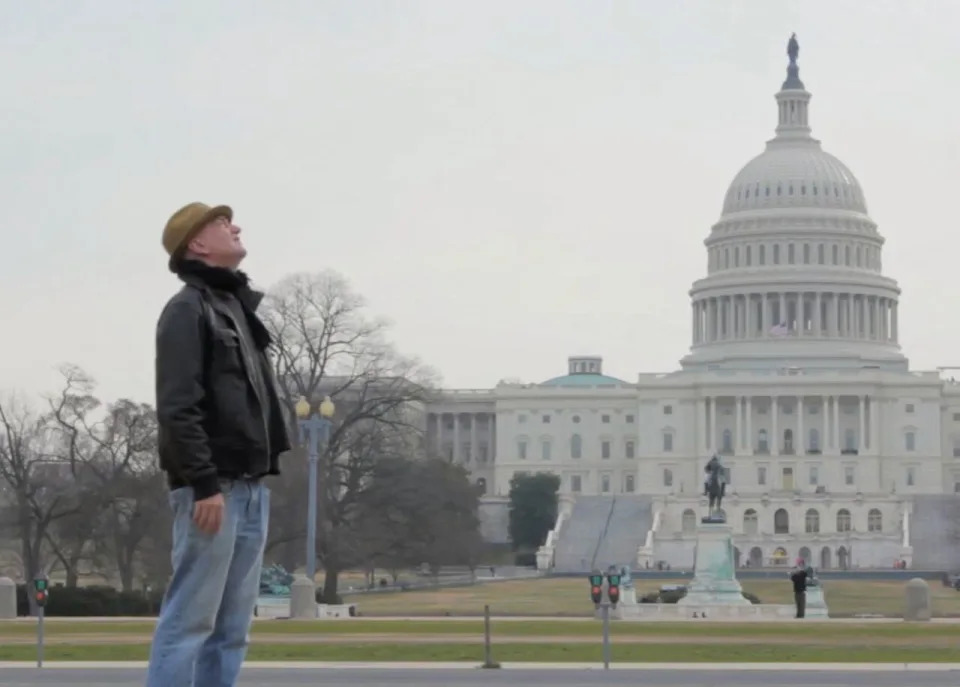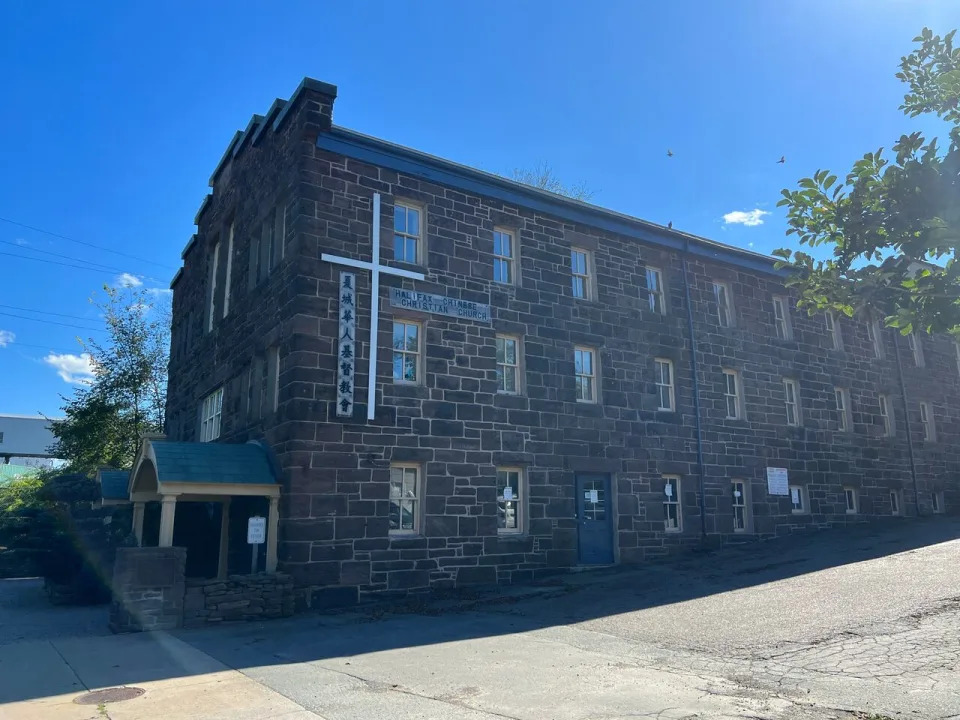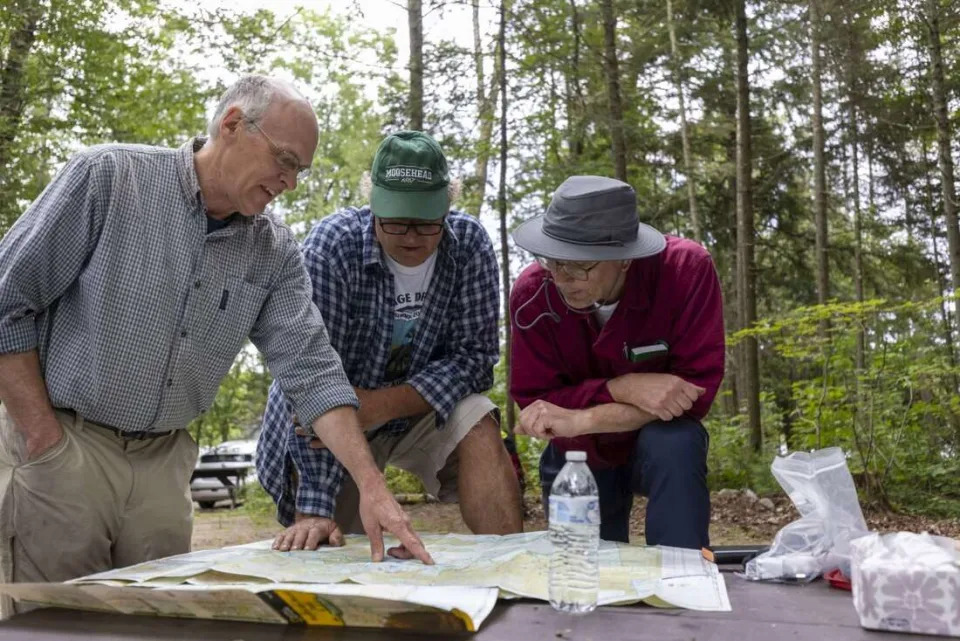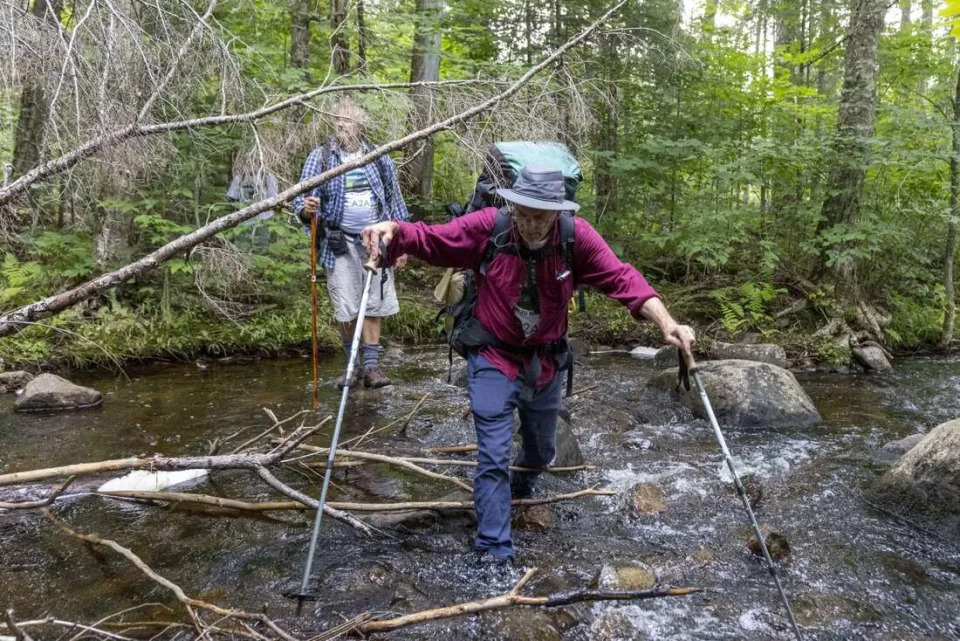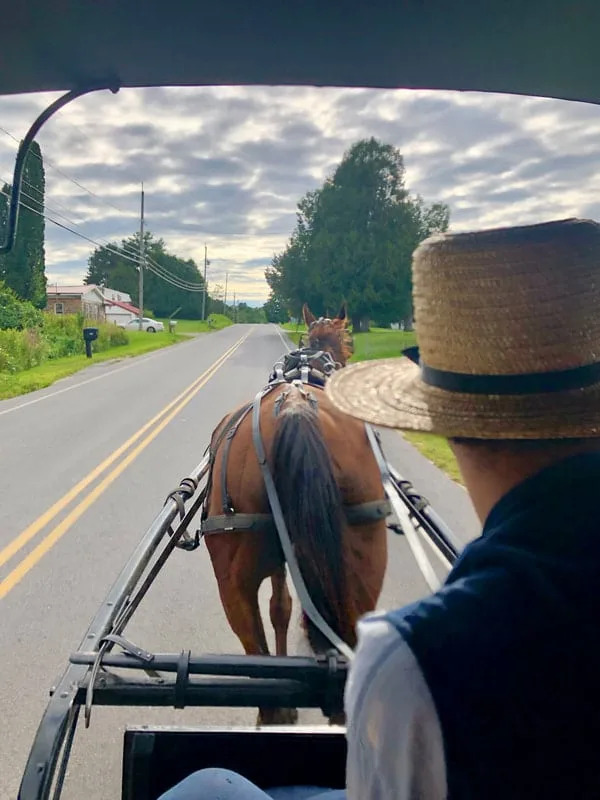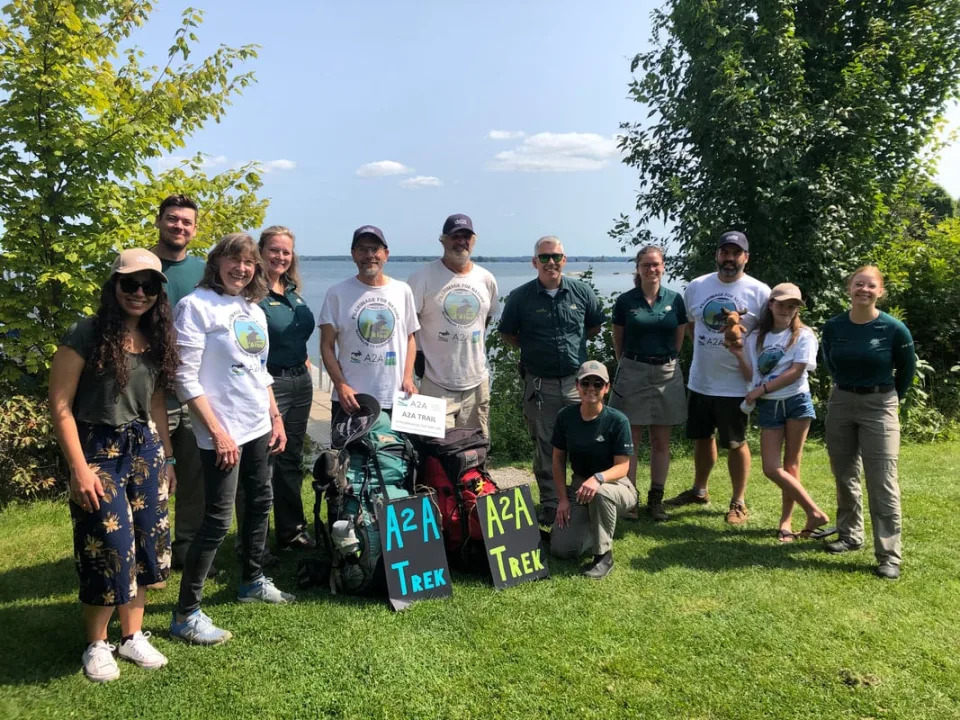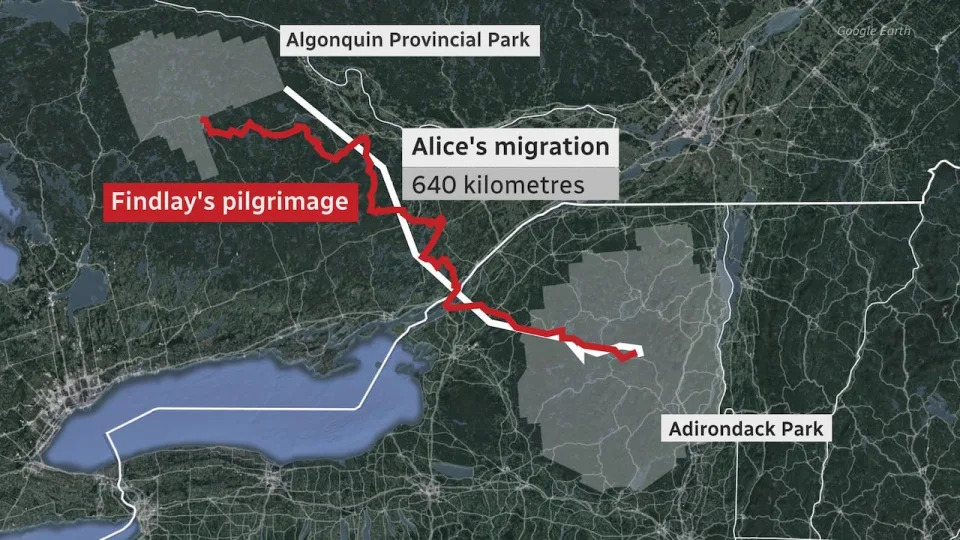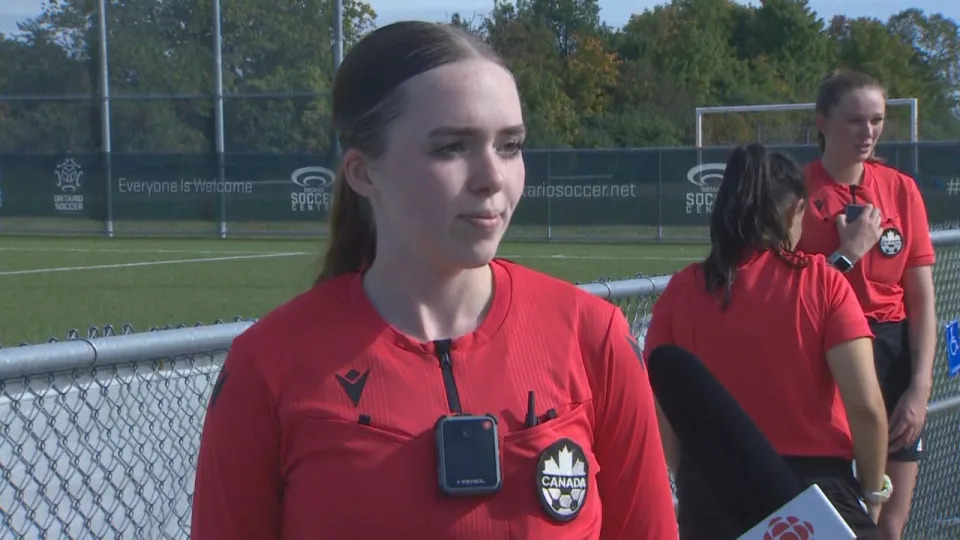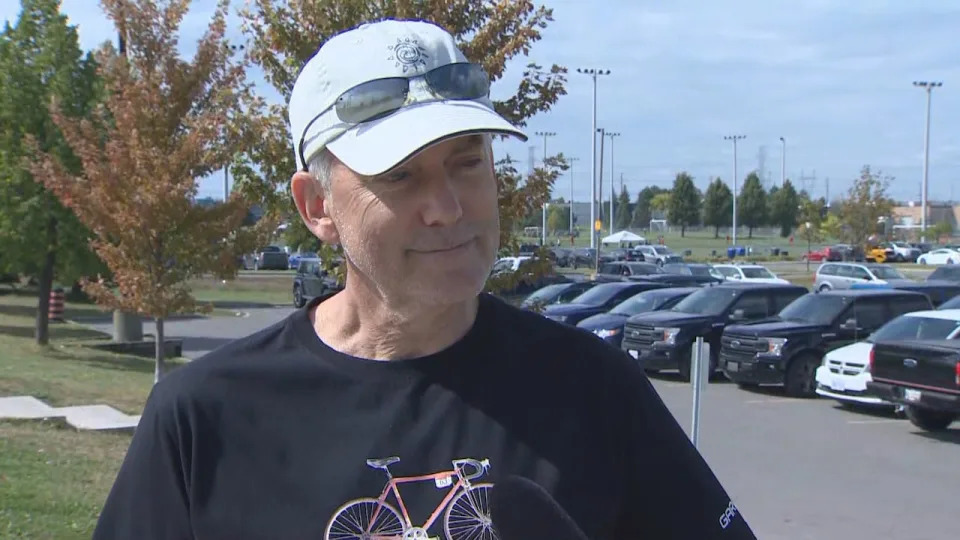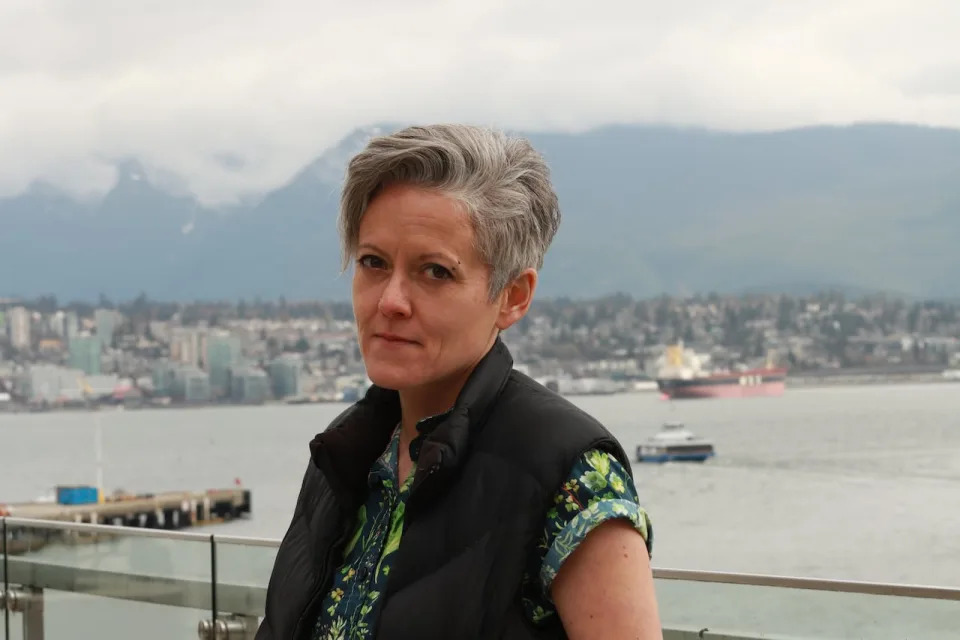This season's widespread, severe wildfires will have long-lasting impact on N.W.T.'s boreal forest
CBC
Sun, September 24, 2023
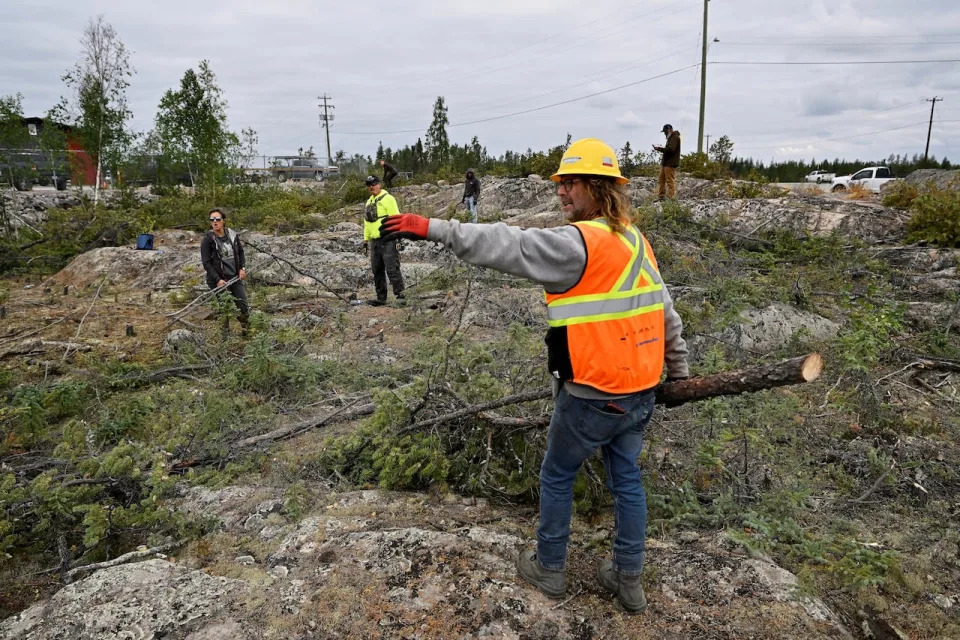
Volunteers, including Edmund Gill, up front, clear dry branches to create a firebreak as wildfires threatened the Northwest Territories town of Yellowknife in August. More than four million hectares of N.W.T. forest have burned during the 2023 fire season. (Jennifer Gauthier/Reuters - image credit)
Usually fires help to maintain a healthy boreal forest, but it's all about balance.
More than four million hectares of boreal forest have burned in the N.W.T. this wildfire season, and that paired with the severity of the fires will lead to a range of long-term impacts on the landscape.
Jennifer Baltzer is a professor of biology at Wilfrid Laurier University. Baltzer says wildfires are crucial to maintaining biodiversity in the boreal forest, but this is not a typical fire season.
"Wildfire is just a really important and central component of the way the boreal system functions," she said, "But with climate warming and drying and the kinds of conditions we've seen this summer and in previous summers, we're seeing fires that are burning in ways that we haven't seen before."

Jennifer Baltzer is the Canada Research Chair in forests and global change at Wilfrid Laurier University. She says while wildfires are vital to maintaining biodiversity in the boreal forest, the 2023 N.W.T. fire season is not a typical one. This year's fires, she says, will have a range of impacts on the landscape. (Angela Gzowski/Wilfrid Laurier University)
What's different about this season's fires?
Area and severity of fires
This wildfire season has been the worst on record in the territory. Not only is the area burned extraordinary, but the season has been exceptionally dry, leading to the fires burning hotter, and deeper into the soil.
According to Baltzer, fires usually occur 70 to 100 years apart from one another in the N.W.T., but these intervals are getting shorter. The combination of more widespread, intense and frequent fires has several consequences to the forests.
Peat is the thick, spongy layer that forms part of the soil in boreal forests, and it's where 80 to 90 per cent of carbon in the boreal forest is stored. This layer builds up over time, storing carbon from the atmosphere as it grows.

Peatlands store carbon and provide valuable habitat for forest species. (Taylor Holmes/CBC)
While wildfires will burn the peat soil, they are not usually intense enough to burn through the build up between fires, and there is enough time between burns for the peat layer to recover.
However, Baltzer said that this seems to be changing. She said that in the 2014 fires there were places where all of the carbon that was accumulated during the fire-free period burned, and the fires began burning older carbon, or what is known as legacy carbon.
"This is a really important change in the way the system responds to these more severe wildfires like we saw this summer, because it means that the carbon sequestration mechanisms of the boreal forest are not working the way they have in the past when they're challenged by these really large and extreme wildfires that are really deep-burning into the soils."
In the long term, the burning of legacy carbon in the boreal forests could mean the forests emit carbon dioxide rather than remove it from the atmosphere.
Forest regrowth
The extensive, deep burning can also affect how forests regenerate after the fires. If fires occur too frequently in an area, they can kill seeds stored in the soil. Short fire intervals may also kill trees before they are mature enough to reproduce and leave new seeds.
Black spruce reestablishes well on thick peat soils; pine and aspens do not. Baltzer says that after intense burns, forests dominated by spruce trees may be replaced with aspen and birch forests.
"The forest will stay as forest, but the composition changes, which has implications for the other plants that grow in the forest and for the wildlife that use that forest," she said, "In the most extreme situation, we see burning that is severe enough that we have no regeneration of trees, and in fact, a transition toward either grassland or shrubland systems."
This change may come with some benefits. Deciduous trees like aspen and birch tend to be less flammable than jack pine or black spruce, Baltzer said. A shift from primarily coniferous to primarily aspen forests could provide natural fire breaks on the landscape.
Impacts on wildlife
As the forests change, so do the species that inhabit them.
Samuel Hache is a landbird researcher with the Canadian Wildlife Service. He said that species adapted for mature boreal forests such as chickadees, nuthatches, warblers and Canada jays may struggle as more habitat is lost to wildfires.
"For me, a growing concern is perhaps how much mature forest will be left in the Northwest Territories to be able to support communities of mature forest specialists."
Mature boreal forests take decades to regrow. As large swaths of older forests burn, some species may struggle to find habitat. Baltzer said that caribou are one species that avoid burned areas for years following a fire.
Bobby Drygeese lives in Dettah, N.W.T., and he said he's been seeing more animals out in the open since the fires, and that the animals are more skittish than usual.
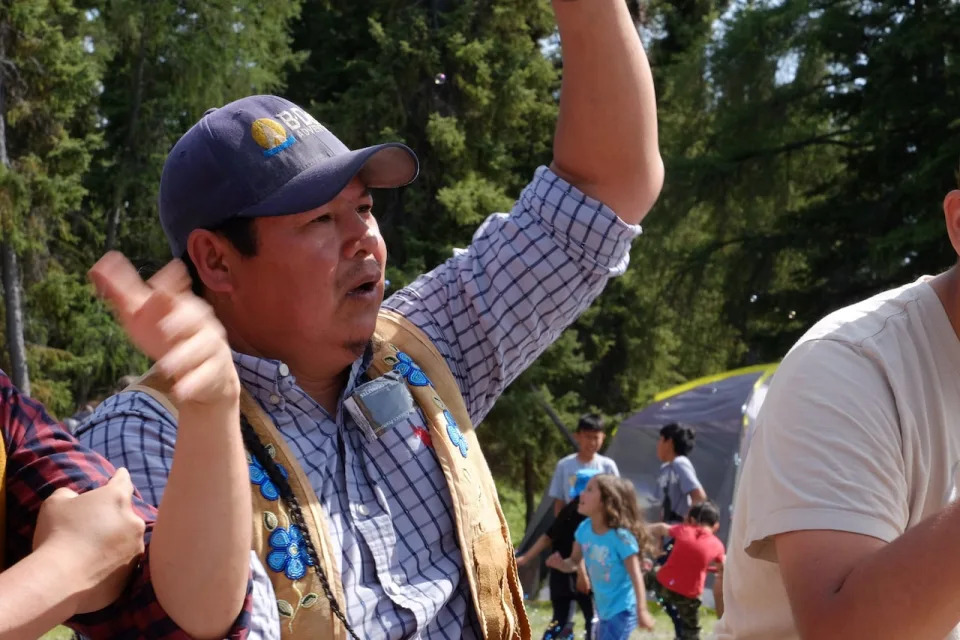
Dettah resident Bobby Drygeese says animals are out in the open more than usual this year due to the wildfires burning in N.W.T. However, he's optimistic they'll return to their normal habitats over the next few years. (Avery Zingel/CBC)
"We've seen a lot of bears, a lot of foxes and stuff out on the highways and the roads."
However, Hache said there will be both "winners and losers."
After the fires in 2014, Hache and his colleagues discovered that some birds did make use of even the most-severely burned areas.
"In the next few years we expect that the so-called fire specialists, you can think about the black-back woodpecker, common nighthawk, and some other open-habitat species that will benefit for the first maybe two, three, four years," Hache said.
Drygeese is also optimistic about the return of wildlife. He expects animals to return to regrowth near Dettah in the coming years.
"Because of the new sprouts and all that, there'll be nice and fresh and clean food. So animals will be coming back to those burn areas, but it might not be for a couple years."
Fire and water
Wildfires can also affect permafrost thawing. Baltzer said that permafrost thawing is not only associated with the fires directly.
Peat serves as an insulating layer for permafrost, as does tree cover. When fires burn through the canopy and deep into the soil, it removes layers of insulation protecting permafrost. Blackened earth also adds to the problem, as the scorched soil absorbs more energy and accelerates permafrost thaw.
"A lot of those southerly permafrost landscapes are already thawing out just in the face of climate warming. You have that additional input of energy from wildfire, and that can be the extra energy input needed to push those systems to a permafrost-free state," Baltzer said.
There are other impacts on water systems from the wildfires.
Mike Waddington is a professor and Canada research chair in eco-hydrology at McMaster University. He studies the effects of wildfires, and said that there are multiple ways fire affects how water flows through a landscape.
After a wildfire the soil can become water repellant. This can contribute to erosion and also have impacts on water quality, as the runoff carries excess nutrients and carbon which can affect water quality, Waddington said.
"That's a concern that people in N.W.T. will need to be aware of. In many cases after fire, a decrease in the quality of the water increases nutrients, algal growth, dissolved organic carbon, which increases the cost for treatability."
While the immediate damage from the fires is easily visible, it will take years to determine the full effects of this exceptionally-severe wildfire season on the territory.
B.C. mule deer stressed by wildfire, but still much to learn about wildlife impacts
The Canadian Press
Sun, September 24, 2023

Proof that deer experienced elevated stress in response to wildfires in British Columbia's southern Interior can be found in their poop, although researchers say there's still much to learn about what increasingly severe blazes mean for wildlife.
Shaun Freeman, a wildlife and habitat biologist with the Skeetchestn First Nation, said his team began gathering mule deer pellets in August 2021, while two large fires were still burning in the area between Cache Creek and Kamloops, B.C.
The samples were sent to the Toronto Zoo, where testing revealed elevated concentrations of the stress-induced hormone cortisol.
Stress can affect the animals' nutritional uptake, causing them to burn precious fat stores, and it can decrease their ability to produce offspring, Freeman said.
Cortisol levels have since dropped by around half in samples taken during more favourable conditions, he said, allowing the researchers to establish a baseline.
But the local mule deer population has been declining, and the Sparks Lake and Tremont Creek wildfires that together spanned 1,595 square kilometres scorched half of the animals' key winter habitat in Skeetchestn territory, Freeman said.
The winter range has mature old-growth conifers, which help deer move through the forest by shielding the ground from deep snowfall. The trees' needles and arboreal lichens also provide food during the sparse winter months, he explained.
Swathes of forests burned by the 2021 wildfires have shifted to the kind of habitat that deer would forage in during the summer, he said.
With access restrictions in response to the wildfires lifting this fall, the First Nation has asked people to stay out of the areas burned in 2021, especially at low elevations frequented by deer,in order to minimize stressors and disturbances.
Adam Ford, Canada research chair in wildlife restoration ecology based at the University of B.C.'s Okanagan campus, said there are many unknowns and variables when it comes to understanding the impacts of wildfire on wildlife.
The effects vary over the short and long term and across seasons and species, as well as different types of habitats and how animals use those areas, he said.
Ford said the return of fire to the landscape after decades of aggressive suppression efforts could actually be a "net benefit" for most wildlife.
But for that to happen it has to be the right kind of fire, and it must be combined with land-management approaches that support overall ecosystem health, he said.
"We're going to have fires regardless," Ford said.
"What we want to see is the return of good fire, cultural fire, prescribed fire."
Cultural fire — the strategicblazes Indigenous Peoples used to steward the land before fire suppression ramped up with colonization — would have led to explosions of vegetation for wildlife to feast on, among other benefits, Ford said.
Yet climate change is fuelling increasingly large, severe wildfires, and their effects interact with other disturbances, such as clear-cut logging and reforestation.
As fire returns to the landscape, Ford said it's important to manage those impacts.
If an ecosystem is already "sputtering along, then fire could be bad," he said.
The predominant approach in B.C. is to replant logged or burned areas with coniferous trees intended to feed the forest industry. It's also common practice to remove deciduous treesthat would otherwise play important roles in the ecosystem, including support for wildlife, Ford said.
"The problem is people think restoration is planting trees. You're restoring people's access to timber, but you're not restoring the habitat (or) the ecosystem," he said.
"If we want (wildfire) to be a benefit, then maybe we don't let all these other activities come in after the fire," Ford said. "Maybe we enjoy the flush of deciduous understory and don't see it as competition for softwood lumber species."
Fire can be used to promote regeneration and biodiversity on the landscape, agreed Sarah Dickson-Hoyle, an ecologist working with the Secwepemcul'ecw Restoration and Stewardship Society, of which Skeetchestn First Nation is a member.
"But that contrasts really drastically with these extensive high severity burns."
The onset of "megafire" has prompted calls for scientists to deepen their understanding of the long-term effects and trajectories of recovery, she said.
Secwepemc territories have been affected by several large, high-intensity blazes in recent years, including the 1,900-square-kilometre Elephant Hill fire in 2017.
Work so far has revealed limited short-term recovery in areas that wereseverelyscorched, said Dickson-Hoyle, an intern with the innovation organization Mitacs and a postdoctoral research fellow at the University of B.C.'s faculty of forestry.
"We're seeing much lower diversity for those understory plants, for the shrubs, the grasses, the wildflowers that are not only the biggest part of biodiversity in those forests, but are really important for wildlife forage," she said.
"Understanding the impacts of these megafires is also bringing to the forefront that these fires in many of the landscapes in B.C. are not what those areas would have been adapted to. It's outside the historical range," she added.
This report by The Canadian Press was first published Sept. 24, 2023.
Brenna Owen, The Canadian Press
